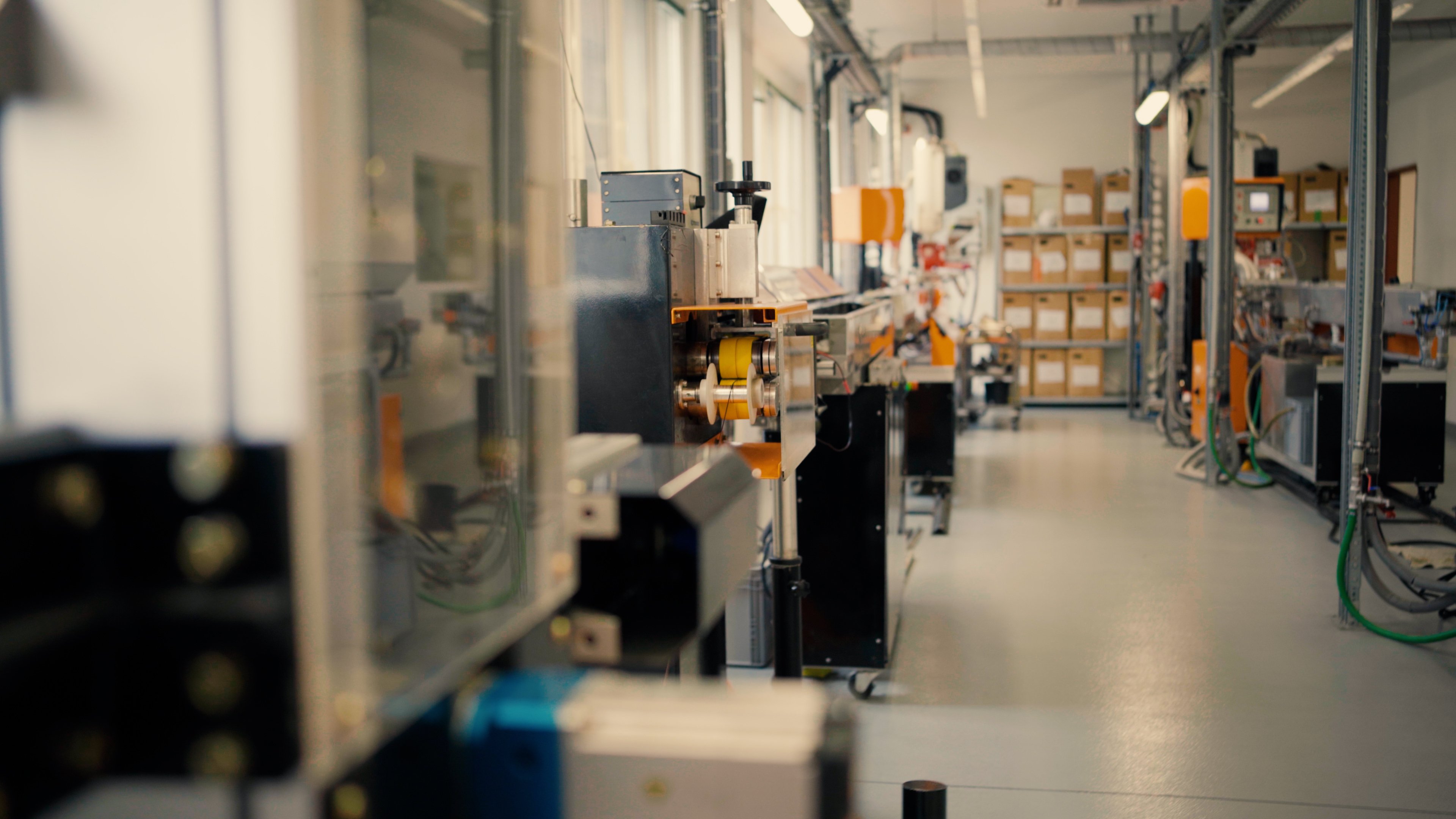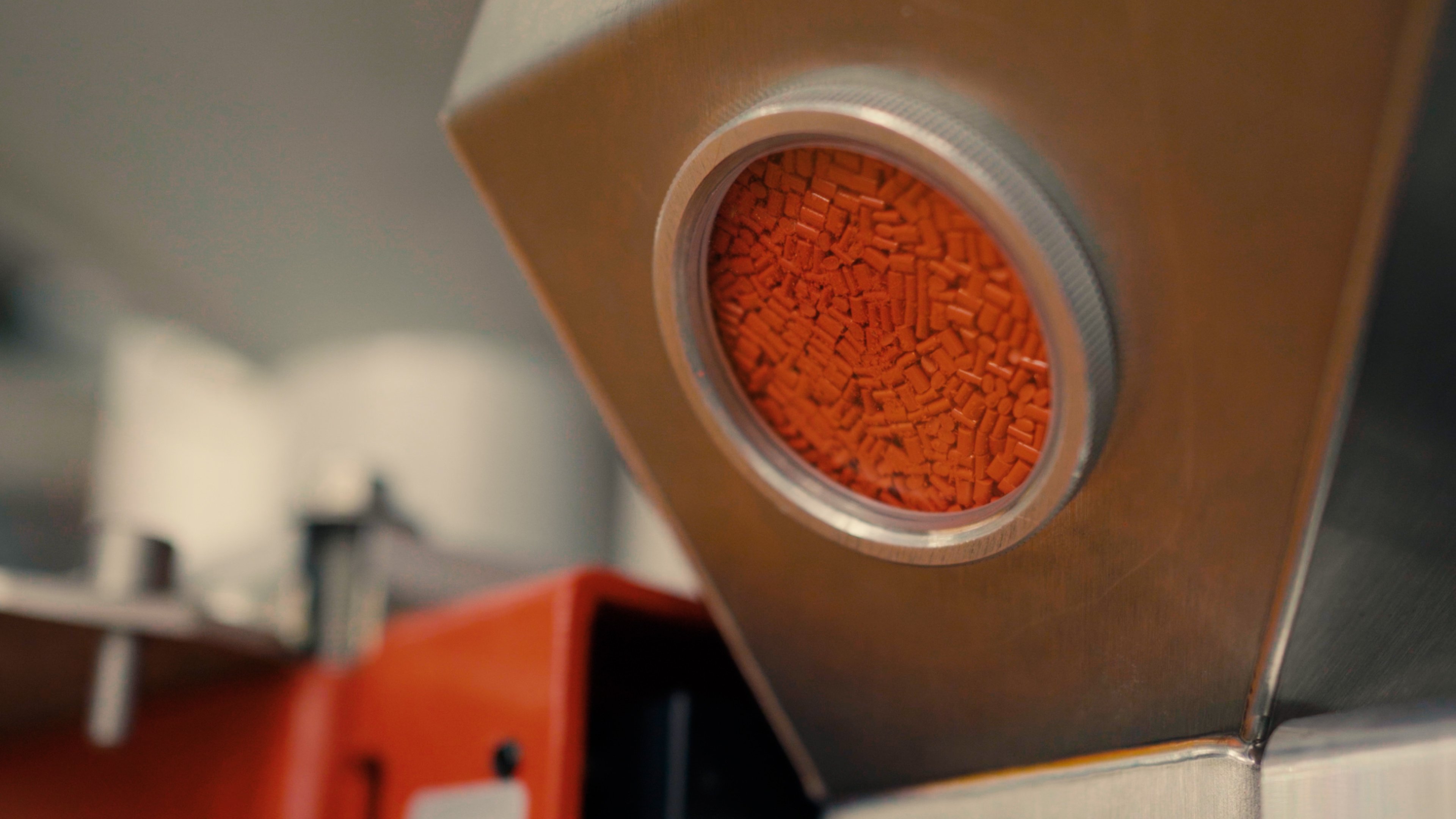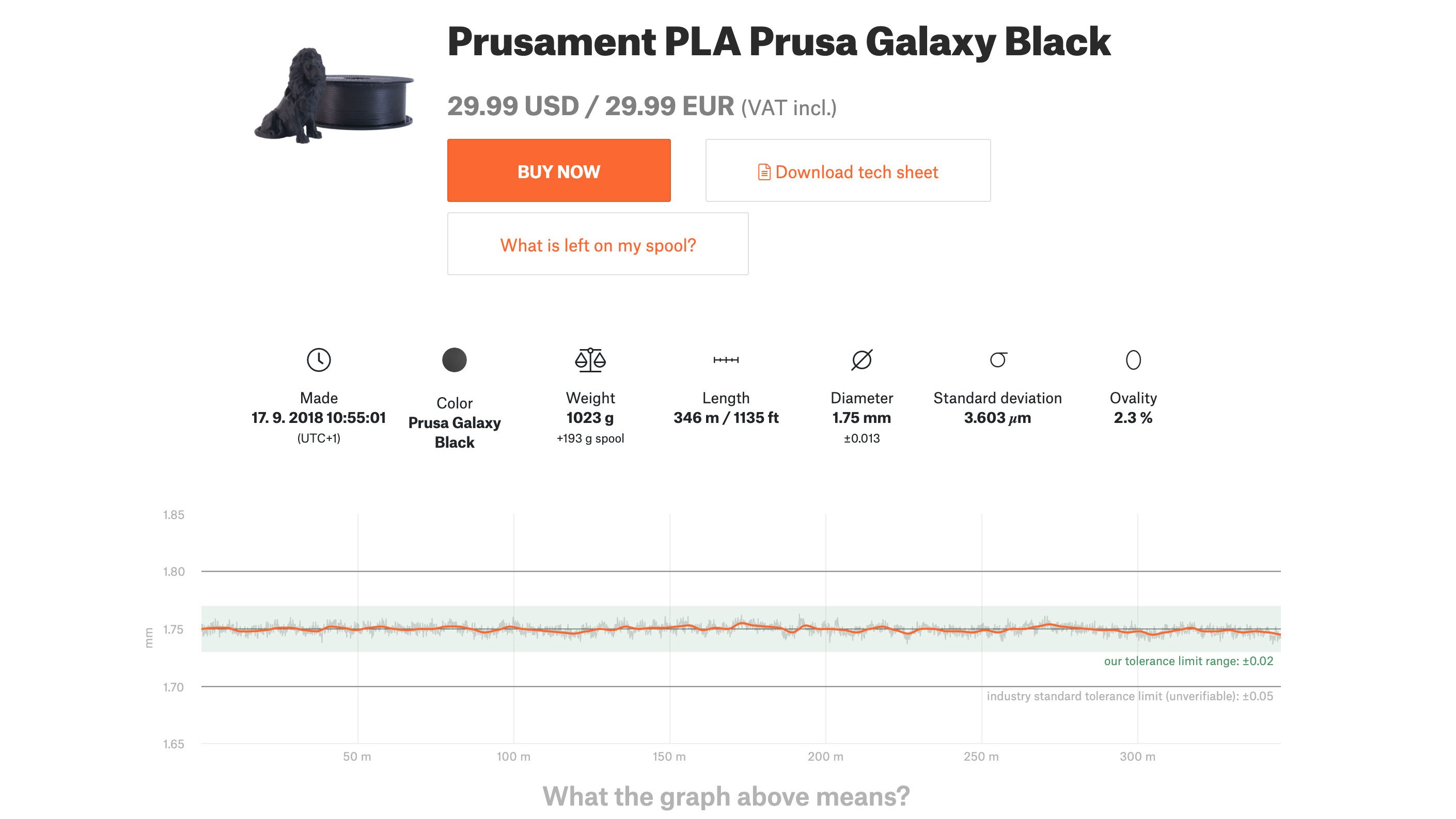What can you expect?
Prusament PETG is our own in-house made filament. The whole manufacturing process is closely monitored and tested - we guarantee ±0.02mm precision and highly-consistent colors. You can inspect parameters of every spool we made at prusament.com. Check the sample spool!

Manufactured In-House By Josef Prusa
We were not satisfied with the quality of filaments on the market. So we decided to make our own! Prusa Research is the only 3D printer manufacturer with its own filament production.

Premium-Grade Materials And Thorough Testing
The whole manufacturing process is closely monitored and tested – string diameter, color consistency, and mechanical properties – to make sure that every spool is perfect.

± 0.02 mm Manufacturing Guaranteed Precision
We believe the industry standard of 0.05 mm isn’t sufficient for perfect 3D printing. Instead, we guarantee ±0.02mm precision and highly-consistent colors in our filaments.

High Quality You Can Check Yourself
We are the only manufacturer that gives the option to inspect parameters of every filament spool. Scan a QR code on the spool to see all details online (check the sample spool).
Read more about Prusament in the article at blog.prusa3d.com or Prusament.com!
About PETG
PETG is one of the most commonly used filaments. Its strength and durability make it an excellent choice for printing various mechanically-stressed parts, such as various holders, or clamps, for example. Due to its excellent layer-to-layer adhesion, PETG prints are ideal for indoor and outdoor waterproof applications. Furthermore, PETG is a tough material with good high-temperature resistance. The G in the acronym stands for a glycol-modified substance that is present during the manufacturing process. It modifies the properties of PET, so that it’s easier to print, less brittle, and clearer when printing with semi-transparent variants. PETG has a low thermal expansion, so even when printing big objects, and without an enclosure, it rarely lifts from the bed and warps. In addition to that, PETG is tougher and less brittle than PLA. It has a healthy amount of flex which can prevent parts from breaking under pressure. We use PETG to print parts for our printers!
Printing Setup
| Nozzle | 250 ±10 °C |
| Heatbed | 80 ±10 °C |
| Recommended Steel Sheet | Textured / Satin |
Basic Attributes
Low shrinking and warping
Possibility of stringing
Poor bridging characteristics
Beginners tips & tricks
Unlike PLA or ABS, PETG tends to ooze a bit and may leave strings of plastic on your print. We suggest drying the filament before printing, as described here. If stringing still occurs, you may further counter it by increasing retraction and playing with hotend temperature, but if you use our filament presets in Prusa Slicer, we already did that for you and the amount of stringing should be minimal. Or, you can get rid of the strings by briefly blasting your finished prints with a heat gun.
Notes
This PETG is made in-house by Prusa Research.
1.75 mm filament is manufactured with precision of +- 0.02 mm
Before printing, make sure the surface of heatbed is clean as described in 3D Printing Handbook.
If you choose a 2 kg spool, please download and print the 2kg spool holder as it will not fit the standard spool holder.
To dry the filament, please follow the instructions in our article.Filament color



























Preparation time: 1-3 business days.
 United States
United States




